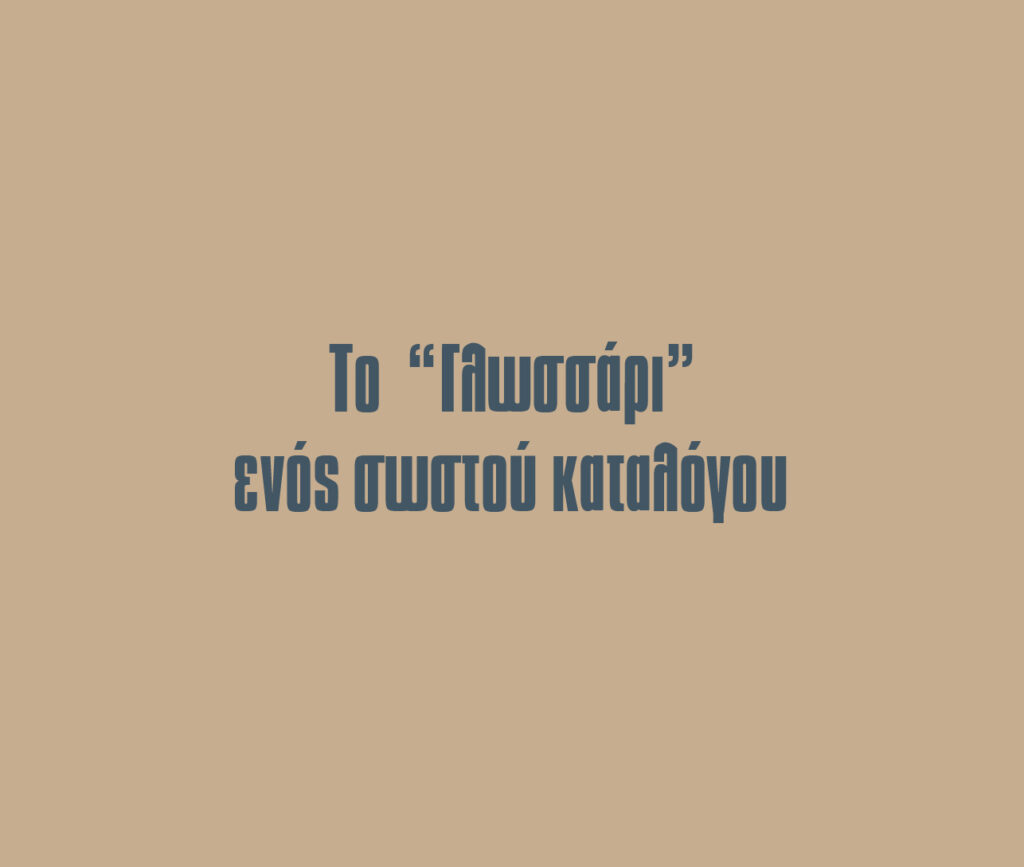
- COLORS THAT CAUSE CONFUSION
Research has proven that colors can affect our moods and even our appetite. However, it now turns out that they can even affect the food we order. The color green on a menu implies that the food is fresh and can encourage us to make healthier choices.
The color orange is said to stimulate the appetite, while yellow attracts the customer’s attention.
Red encourages action and persuades us to order more expensive dishes.
- THE GOLDEN TRIANGLE
The way our eyes travel through a menu has been analyzed by experts and the findings are translated as the “golden triangle”.
The results showed that our eyes usually read the middle of a menu first before reading the top right corner and then the top left.
Menu Holder designers usually place the highest margin dishes in these spots so they are the first thing the customer will see.
- GIVING FOOD TO THE IMAGINATION
Restaurant menu holders pay a lot of attention to the description of the meals. Bold claims like “the best burger in the world” are usually rejected by customers.
However, enticing adjectives such as “rod-caught” or “sunny” feed the imagination and excite our taste buds.
- “BAIT” DISHES
Some restaurants try to mislead their customers by placing a slightly more expensive dish at the top of the menu.
This makes all the other dishes look worth their money.
It also gives customers the impression that this is a good deal, which encourages them to spend more money than they intended.
- SUBCONSCIOUS ANXIETY
Choosing a dish from a menu may seem random or you may think it is based on your preferences. However, the results show that customers order the first two dishes at the top of the menu more often – and, therefore, that’s where the dishes with the biggest profit margin are placed.
Some people, however, are more inclined to order the last dish on the menu. This means that the third most profitable dish is often found at this point.
- ABSENCE OF COIN
Paying for the meal is the most “inconvenient” part for customers when eating out. Smart restaurant owners, of course, know this – so today the trend prevails to remove the currency symbol from menus so that customers do not focus on the cost of the dishes they order.
Watch out for prices in writing – this tactic can encourage us to spend up to 30% more.
- CONTROLLED COST
No matter how tempting each dish on a menu may sound, customers still consider the price. Restaurateurs use this to their advantage – for example, a meal costing £10.95 makes us feel like we’re grabbing a bargain.
Upscale restaurants tend to use rounded numbers, adding an air of sophistication.
- LIMITED CHOICES
A huge menu may seem like a good idea for restaurants, as there are many options on offer, but, from the customer’s point of view, choosing between hundreds of dishes can be stressful.
Smart restaurateurs allow just seven dishes in each section – enough to make us feel like we have plenty of choice without being overwhelmed.
- MEMORIES FROM THE PAST
Nostalgia is a powerful force. A carefully worded description can give almost any dish an emotional undertone that will be hard to resist.
Be warned – that tempting slice of “Grandma’s Apple Pie” you’re about to order has probably been preserved, for months, in an industrial freezer.
- NARRATIVE DESCRIPTION
Most dishes on a menu consist of descriptions of a similar length to match the general layout of the page.
The dish that stands out from the pattern will be the one that will catch our attention.
Knowing this, restaurant owners tend to give longer descriptions to the dishes they want to sell the most – which are, of course, the dishes with the biggest profit margin.
- ENCOURAGE CUSTOMERS
Restaurant wine lists can well rival an average novel in length, especially in high-end restaurants.
It is a deliberate marketing tactic specifically designed to encourage customers to make a decision.
The more information listed on a vintage wine, the more likely we are to choose that wine.
- OPEN SPACE
When a menu is full of text, it’s natural for the eye to fall on any open space.
Catalog designers use this to their advantage – dishes with the biggest margins are often placed in their own separate space, away from the din of other descriptions.
- MATERIAL WORLD
The menu holder material is used to communicate the image of the restaurant. Upscale restaurants use leather-bound menu holders with thick paper to indicate that their dishes are of similar quality (and therefore worth ordering), while cheaper restaurants may use vinyl to communicate the message that there is good value for money.
- GLOSSARY
Note the glossary in the menu holder. You are more likely to order steak tartare if you know exactly how it is made (and produced).
That’s why restaurants sometimes list their fancy wines word for word, so customers aren’t intimidated by unfamiliar names.
